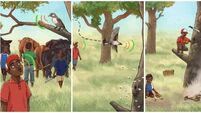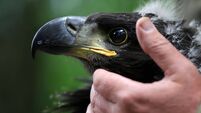Richard Collins: Not meer-ly making noises — they're sharing important news
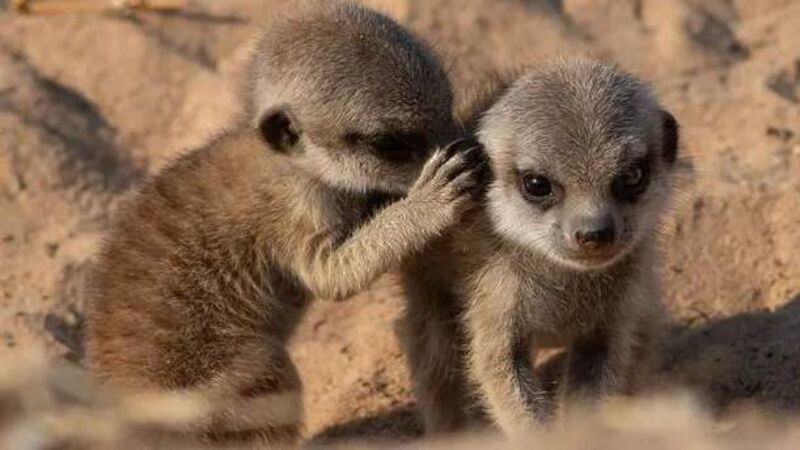
Meerkats live in dry regions of southern Africa. There is safety in numbers and they have a 'web' of interactive calling. Picture: Vlad Demartsev/dpa
Pity the father of the bride as he faces the terrors of the podium: ‘Unaccustomed as I am to public speaking .. any one of you would be so much better at this than me, but since I find myself on my feet etc etc‘ . A little African animal, however, has no such inhibitions. Not only does it speak in public, doing so is essential to its survival.
In January 1987, the television documentary was transmitted by the BBC. Narrated by David Attenborough, it transformed an unknown little animal into a wildlife celebrity. Cute and cuddly meerkats became such a hit with the public that zoos everywhere sought to exhibit them. Pet shops began selling meerkats, although the RSPCA says that they are not suitable ‘companion’ animals. ‘It is difficult to meet their complex needs in a captive environment’.
This small mongoose inhabits semi-desert terrain in southern Africa. There can be up to 40 animals, known as a ‘mob’, living in a warren of tunnels and chambers. The closely-knit ‘gangs’ are highly territorial; intruders from other colonies are not tolerated. Active by day, meerkats emerge from their burrows, calling to one and other as they rummage for creepy-crawlies.
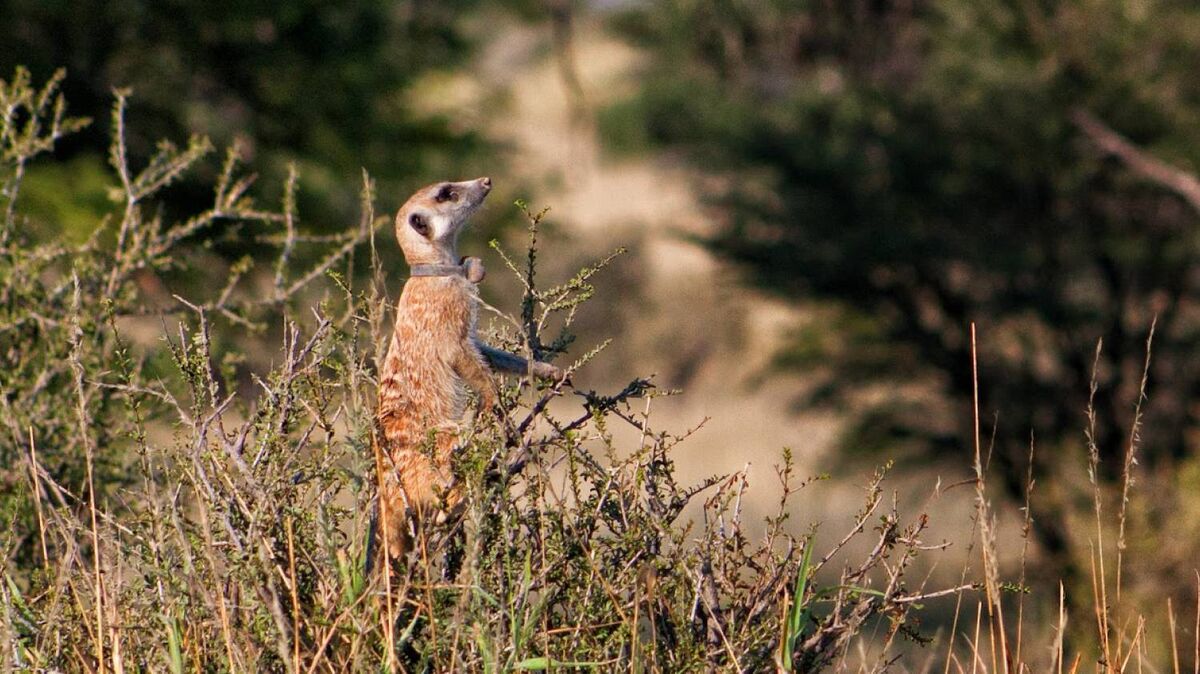
According to scientists from the University of Konstanz and the Max Planck Institute of Animal Behaviour, there’s more to their vocal communications than aimless chattering. The researchers fitted collars to meerkats in South Africa’s Kalahari Research Centre. Devices in the collars recorded all of the sounds an individual made and its GPS positions when it made them. The ecologists then ‘prepared one vocal timeline for the entire mob’ and studied it in detail.
It proved possible to interpret some of what the animals were ‘saying’. Two main types of utterance were identified. One type consists of brief ‘I am here’ statements. These don’t elicit a reply from neighbours. As with a lecture, a sermon — or the father of the bride’s speech — the information flows in one direction only. A warning call is a typical example.
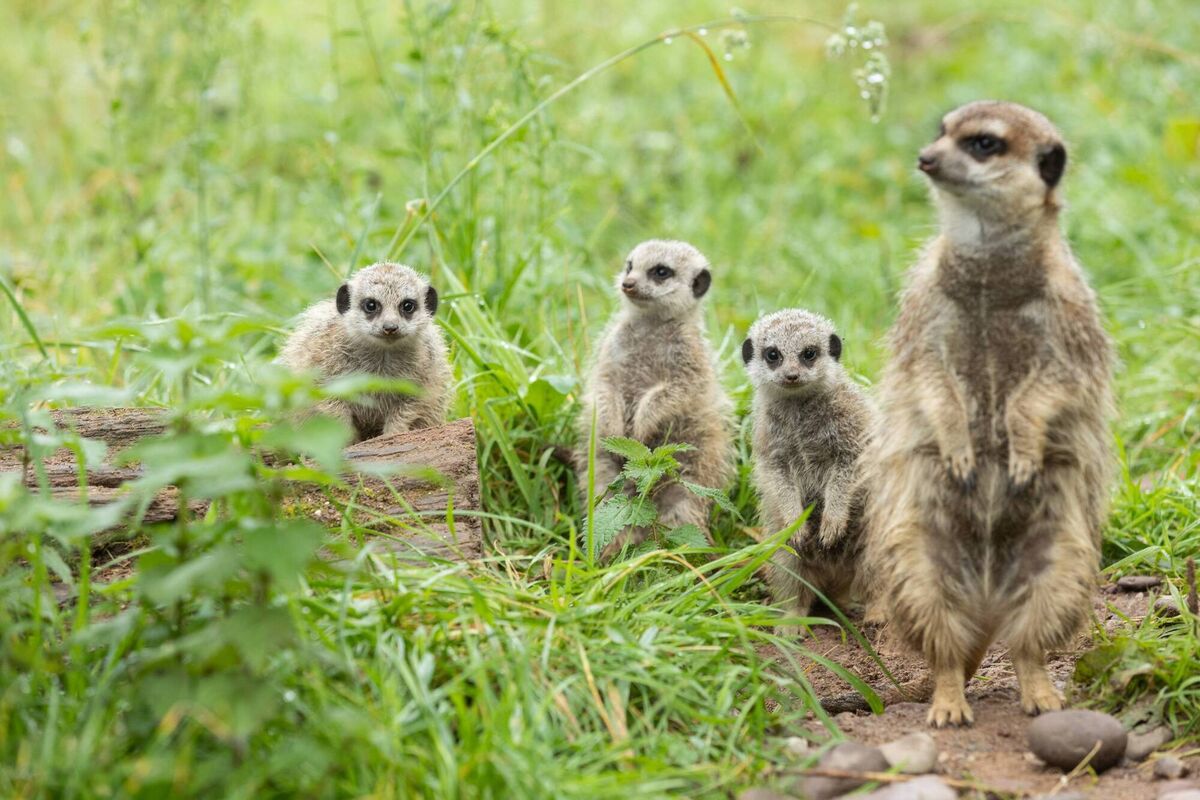
Meerkats post sentries. Standing upright on their hind legs, these lookouts scan the vicinity from high vantage points. If danger, such as an approaching bird of prey, threatens, a sentry broadcasts a warning bark and its comrades scamper down into burrows.
The second type of vocalisation elicits a response from other individuals, triggering a dialogue between peers. On hearing this sort of call, a neighbour will usually reply in less than a second. Soon a web of interactive calling develops. This too has a security function.
An isolated individual is particularly vulnerable. The threat from predators is so great that a meerkat can’t afford to become separated from the pack. Also, an individual on its own might blunder into a gang from another colony, risking injury or even death. There is safety in numbers, so staying within the group is most important. Chit-chat exchanges, therefore, are vital to security.
So, if called on to ‘say a few words’, take your cue from the meerkats and grasp the nettle: Get up... speak up... shut up!



